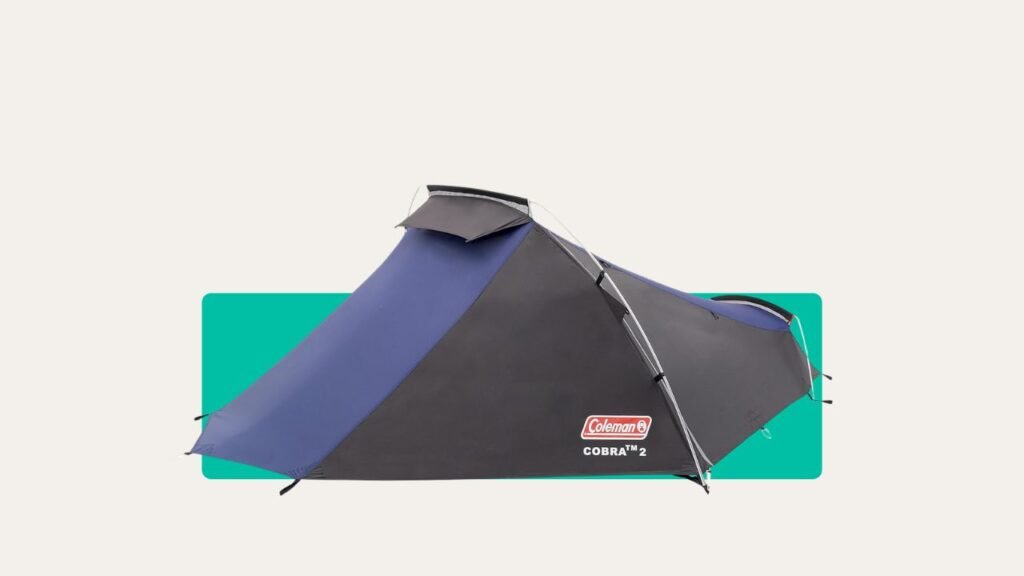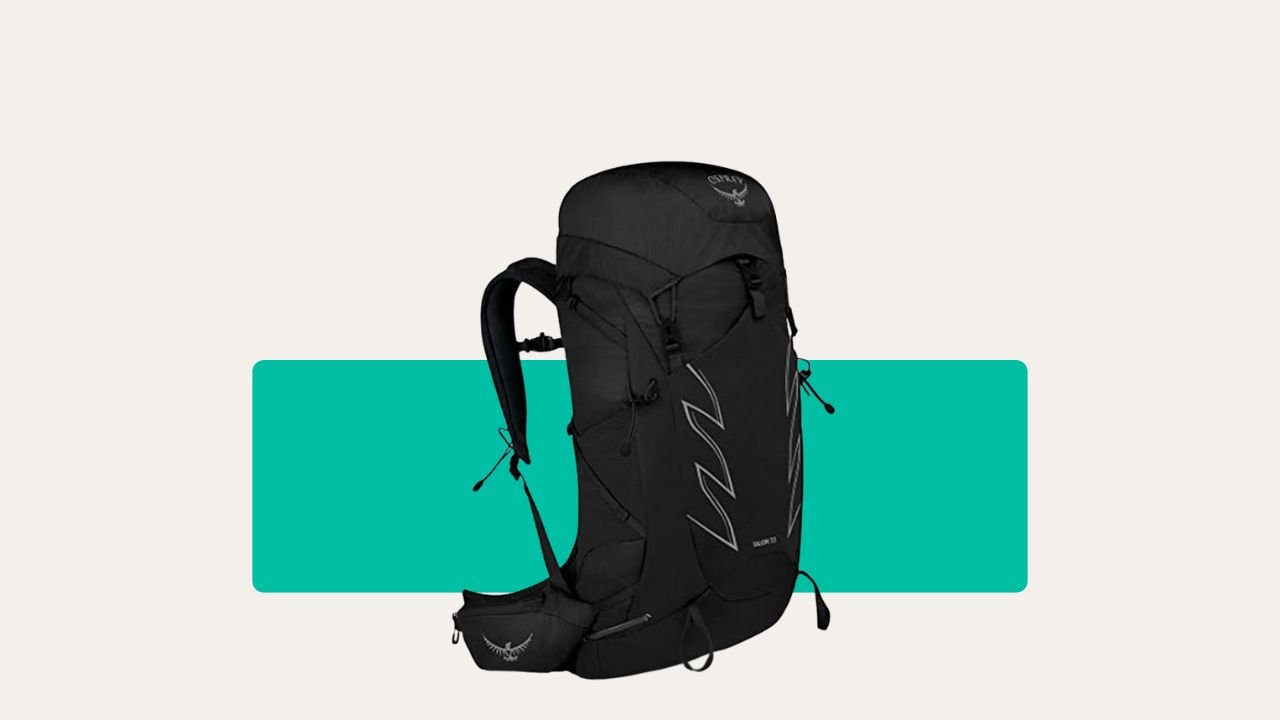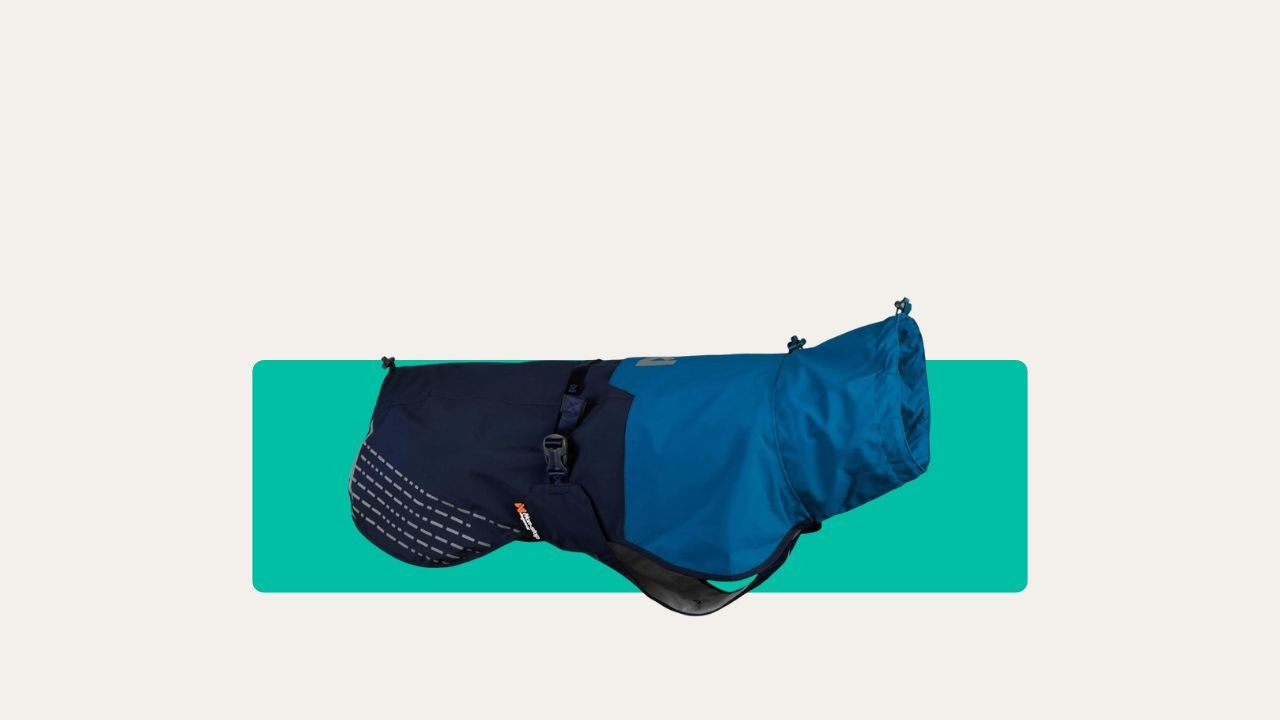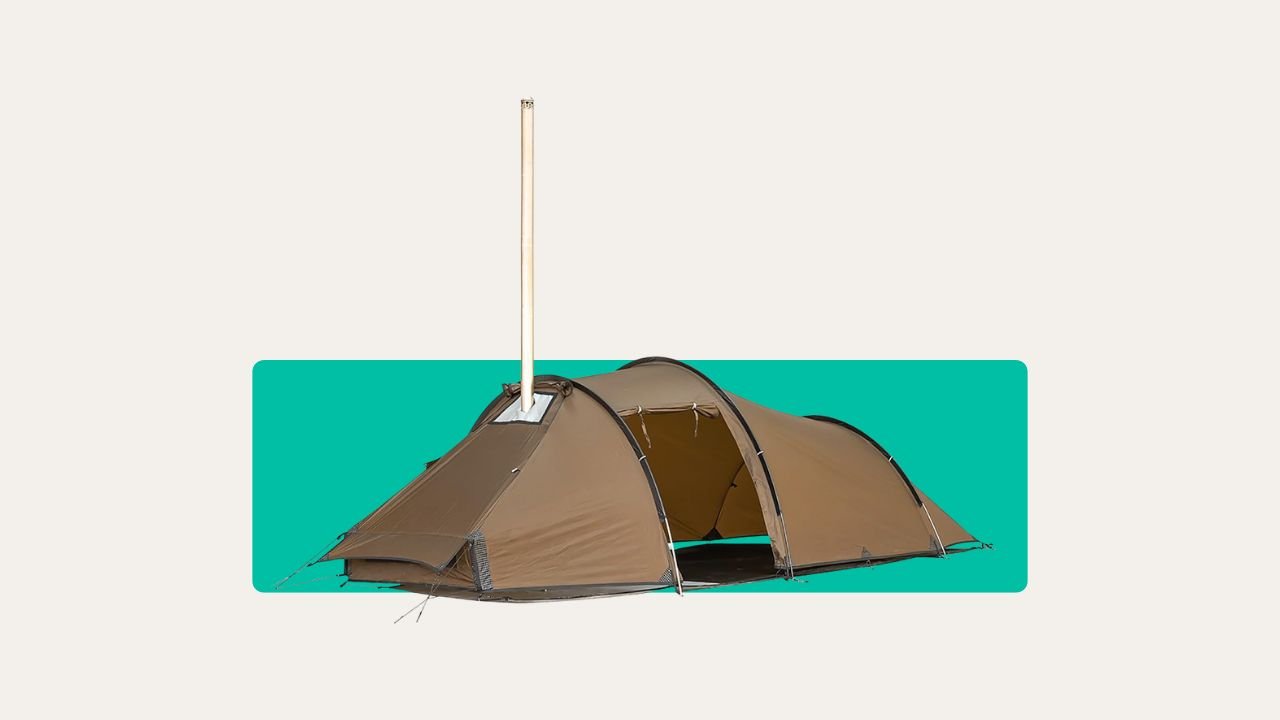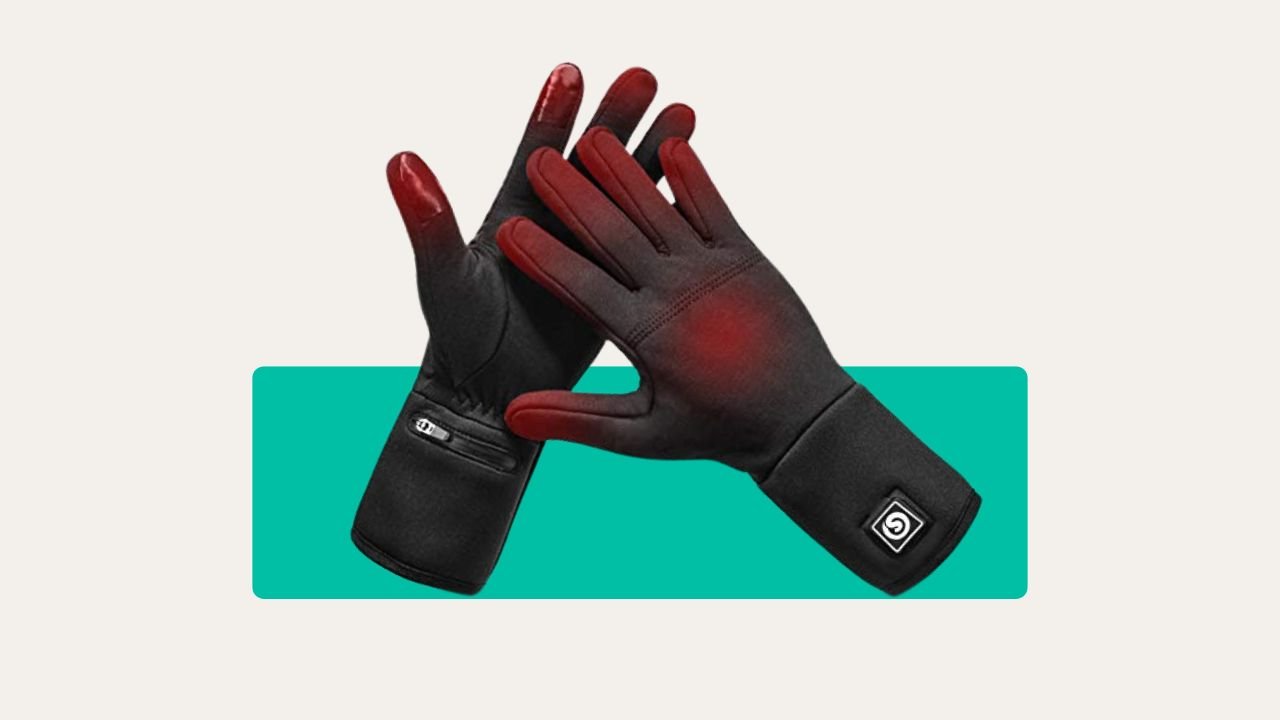Most people reckon you need a big, tall tent for comfort on rugged trips. Truth is, big usually means bulky, wind-prone, and slow to pitch. These are three things you’ll regret halfway up a windswept hill.
If you want something that’ll handle British weather, pitch fast in the rain, and actually keep you dry, forget the Instagram domes. What you want is a tent that’s low, solid, and a bit clever. That’s why the Coleman Cobra 2 keeps showing up at bothies, wild camp spots, and half-soaked festivals.
Coleman Cobra 2: Trusted Shelter for Real-World Trips
Let’s cut to the chase. The Coleman Cobra 2 isn’t trying to look all flashy. It’s a workhorse designed for campers who expect the sky to open without warning. I’ve spent nights in this tent with rain streaming down, wind howling straight off the Irish Sea, and the Cobra barely budged.
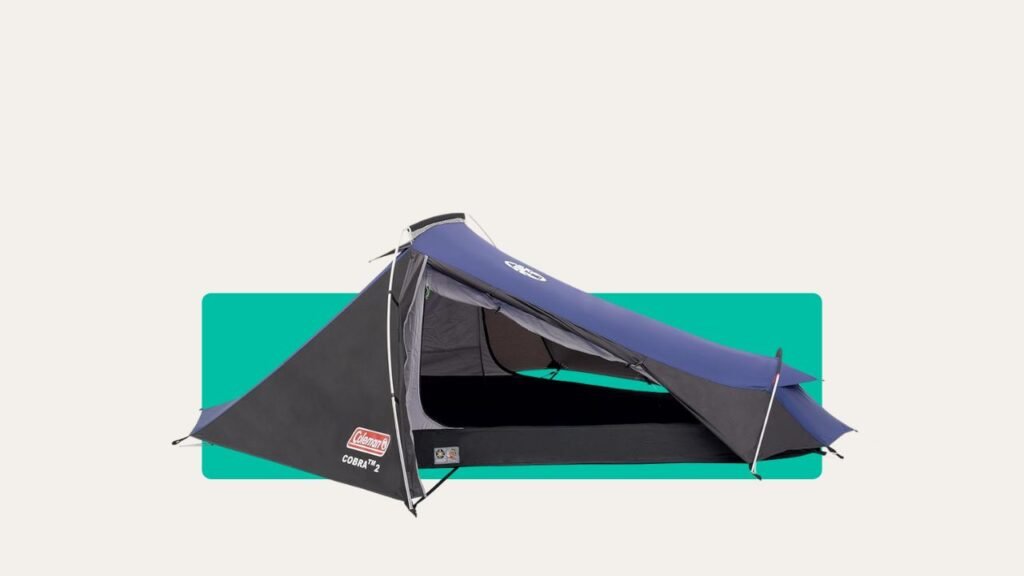
This tent stands out because it gets the basics right: strong weatherproofing, an honest packed weight, rock-solid construction, and a pitch that’s up in under 10 minutes (even alone, in a downpour). Most importantly, it manages these things for about £110, making it a true budget hero.
Coleman Cobra 2 Tent – Quick Summary
| Feature | Details |
| Type | 2-person wedge tunnel tent |
| Best For | Wild camping, solo trekking, UK three-season use |
| Weight | Stated: 2.05kg / Actual: ~2.3kg |
| Packed Size | 48 x 18 x 15 cm |
| Pitched Dimensions | 257 cm (L) x 125 cm (W) x 87 cm (H) |
| Pole Material | 7001-T6 aluminium poles – lightweight and durable |
| Doors/Vestibules | 1 exterior door, 2 vestibules for gear storage |
| Interior Storage | Inner pockets for essentials |
| Price | £110 |
Coleman Cobra 2: Key Features & Construction
The Cobra 2 uses what’s called a wedged tunnel design. That means the main pole arcs over your head and a smaller one at your feet, giving you a sloped, aerodynamic shape. You want this because it shrugs off wind instead of acting like a sail. I’ve had mates with pretty, boxy tents spend the night chasing their pegs while mine stayed put.
You’ll find 7001-T6 aluminium poles in the bag. These aren’t featherweight, but they’re leagues ahead of the bendy fibreglass jobs you get on supermarket specials. For me, aluminium is non-negotiable: lighter than steel, tough enough for a Scottish squall, and doesn’t splinter to bits if accidentally stepped on in the dark. Once, on the Pembrokeshire coast, a rogue dog ran straight over the tent. Not even a dent.
The outer fabric is 3000mm PU-coated WeatherTec™ polyester. It keeps the rain out, simple as that. The groundsheet is even tougher (5000mm PU!). After a sodden week on Hadrian's Wall, not a drop crept in. And if you’re fussy about clean floors, there’s a sewn-in doormat. A detail I didn’t know I loved until a muddy night in Snowdonia.
Ventilation gets handled with mesh panels and clever openings at head and foot. No tent eliminates condensation on a cold, damp night, but this one never left me waking up in a puddle.
The Size and Portability – Does It Actually Fit in Your Pack?
Here’s where most tents fudge the numbers. Coleman says the Cobra 2 weighs 2.05 kg; my scales say closer to 2.3 kg. For most of us, that’s still a fair deal for the durability you’re getting. The packed shape (about 48 x 18 x 15 cm) is tidy – fits on the side of a 50-litre pack, or you can split poles and fabric if you want to spread the load.
Internally, you get 257 cm of length, 125 cm at the widest point, and a head height of 87 cm. I’m 6 feet 1 and never once had to wedge my feet into a corner. If you’re tall, this alone is a reason to shortlist it.
The tent’s low profile (about 53 cm at the foot end) keeps it steady in wind, essential if you’re used to wild pitching up high. Yes, you’ll have to crawl in. But after being blown about in taller tents, I’d trade standing up for a dry sleeping bag any night.
Comfort & Usability – What’s It Like for Real Campers?
Now, this is sold as a 2-man tent. But if you and your mate are built like rugby forwards, it’ll be cosy – let’s call it ideal for one, doable for two. Two smaller adults or a parent and child might manage, but your kit storage will go outside.
For a solo trekker, it’s downright spacious. You get room to lay out your kit and still have space to roll over (rare in budget tents). The inner pockets hold a torch, your phone, and snacks – no more midnight rootling.
Vestibules on each side offer a bit of protected storage for boots and packs, though only one exterior door, so one of you might need to awkwardly climb over the other for a midnight loo break.
The mesh at both ends helps with airflow and keeps the midges at bay. This came as a godsend when wild camping in Scotland. Sitting up is possible for most, though you’re not hosting a tea party in here. If you want more elbow room or to play cards, look at a three-person tent.
Strength & Weather Protection
The UK’s notorious for rain that blows sideways and gusts strong enough to test friendships. A tent that looks pretty isn’t much good if you wake to wet socks and a snapped pole.
I’ve ridden out back-to-back storms in this tent on exposed moors and clifftops, and the Cobra 2 takes a beating. Pitch it with the foot end into the wind, and the curved shape lets it shed gusts instead of catching them. After one particularly nasty night above Northumberland, I expected to wake to puddles – Inside stayed bone dry.
Setup is a fly-first design – the outer goes up before the inner, protecting your sleeping area from getting soaked if you’re caught in a downpour. Trust me, this matters. I’ve learned the hard way, pitching inner-first and watching my sleeping bag get a free drenching.
The pegs are tougher than average, and the groundsheet laughs off rough ground, though if you always pitch on rocks and thorns, bring a footprint for safety. Six weeks’ wild use finally wore down the floor’s waterproofing for me, but that’s hard going for any tent.
Value for Money – How Does the Cobra 2 Stack Up?
Serious hikers talk a lot about weight. Yes, there are lighter tents, but their price usually doubles. For £110 give or take, you’ll be hard-pressed to find anything with proper aluminium poles, solid waterproof ratings, and years of proven use.
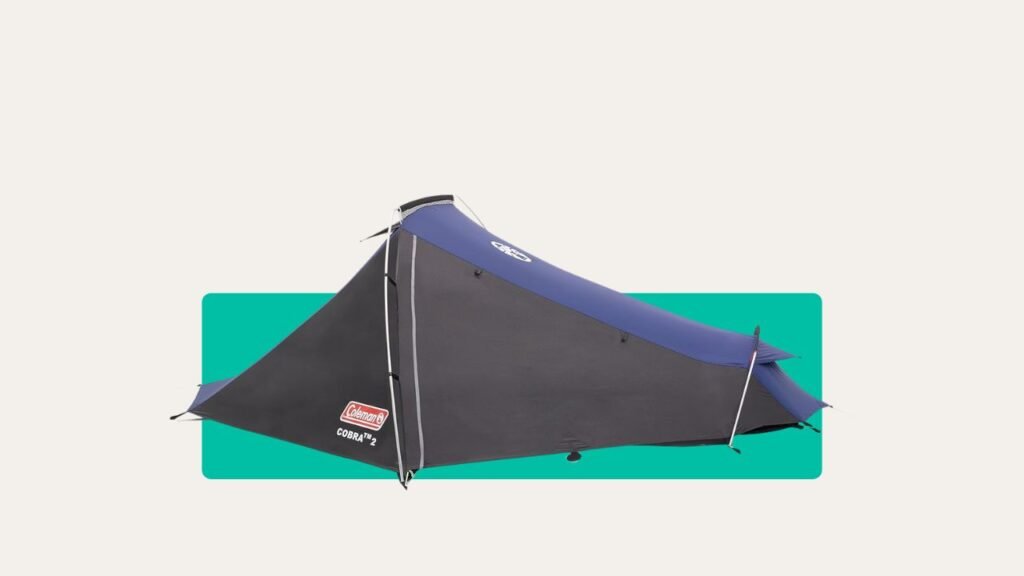
If you’re new to wild camping or want a tent that’ll handle rough weather without burning through your overdraft, this is hard to beat. It’s made for three-season UK action – from wet Welsh valleys to breezy Lake District ridges. I tell all my mates: unless you’re doing long-distance thru-hikes or shaving grams for an ultramarathon, save your cash and put it towards a comfier sleep system instead.
Pros and Cons
Every tent has its foibles. Here’s what stands out:
Pros
- Near-bulletproof waterproofing (roof and floor)
- Head and foot ventilation for condensation control
- Aluminium poles – tough yet light enough for most trips
- Generous length (good for tall campers)
- Fast, foolproof pitch, even solo, in grim weather
- Proper value for money (especially for beginners or occasional wild campers)
Cons
- Heavier than premium, high-end ultralights (but those cost much more)
- Not truly spacious for two adults and all their gear
- Only one exterior door
- Can feel cramped for sitting up, especially if both occupants are tall
- Dark colour means a touch more heat on sunny days, but let’s be real, sunny days are rare here
Final Thoughts: Who’s the Coleman Cobra 2 Really for?
The Coleman Cobra 2 wins out where it counts for UK campers: tough enough for foul weather, sensibly priced, and big enough for tall solo adventurers. For two, it works, but only if you pack light and like each other.
I keep coming back to this tent, even after trying fancier models. When the forecast is uncertain, and I need a quick pitch before the heavens open, the Cobra 2 is the one I reach for. It’s proof that good kit doesn’t have to cost a fortune or weigh a tonne.
If you value reliability, sensible weight, and a dry night’s sleep more than bragging rights, the Cobra 2 belongs in your kit list. As ever, bring spare pegs, pack a headtorch, and leave your tent to dry properly after each trip. That way, it’ll look after you for many seasons to come.

